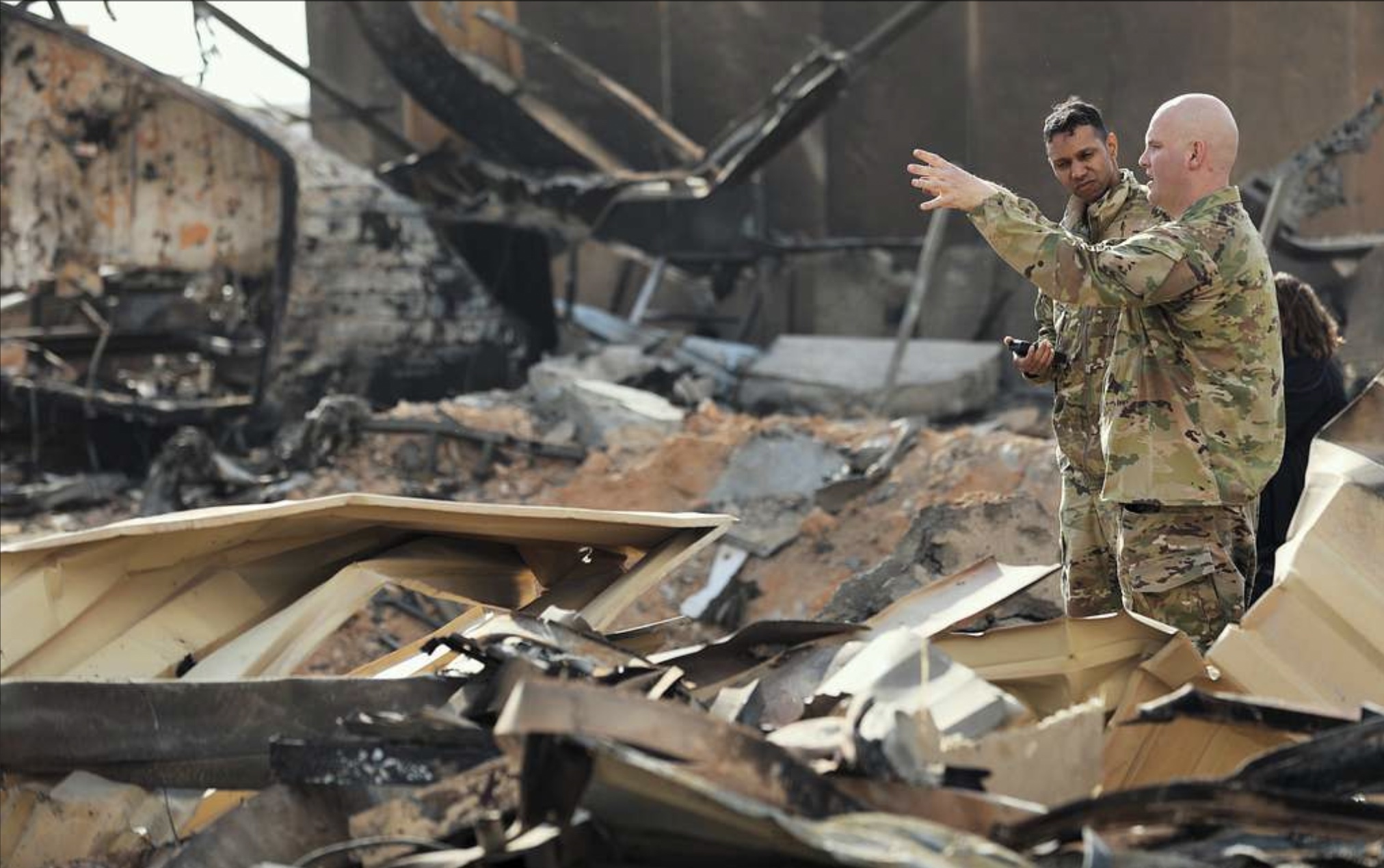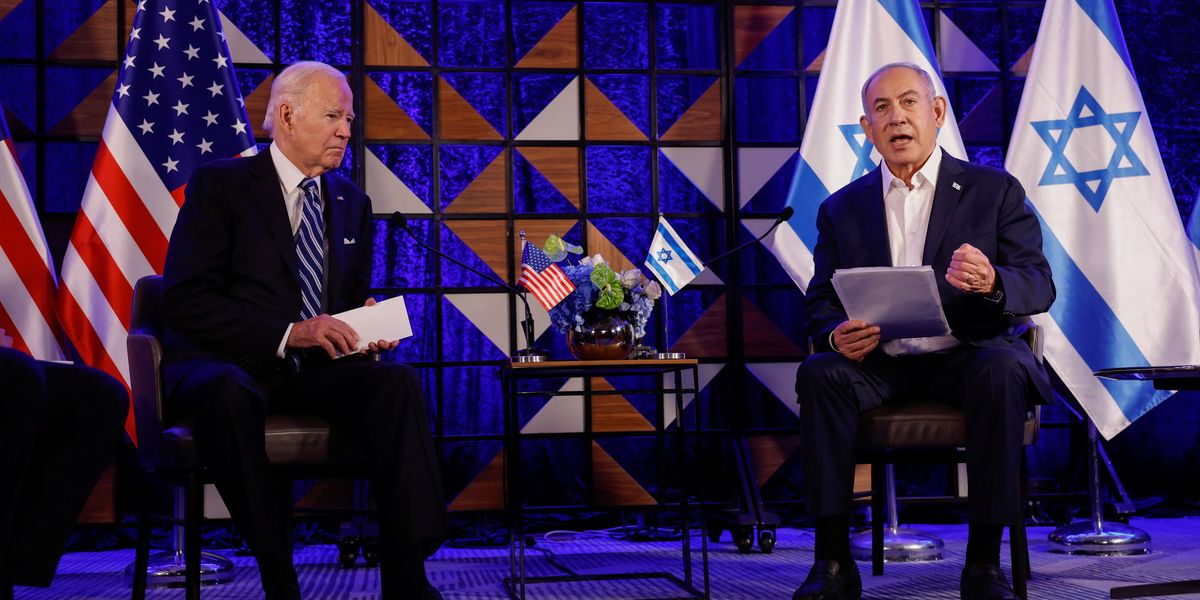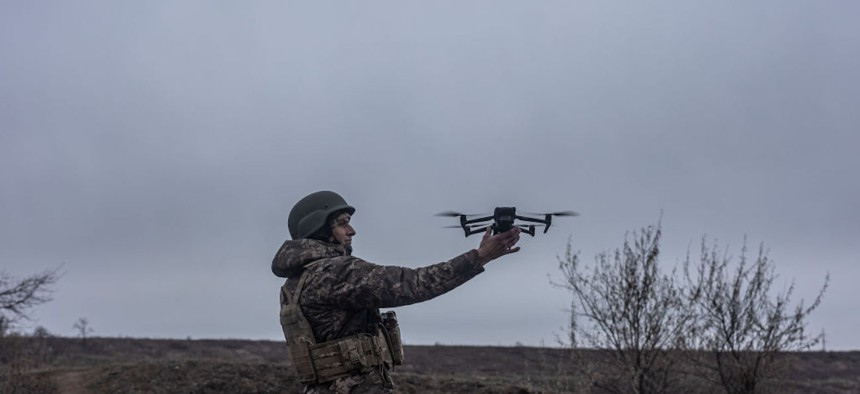Aisyah Llewellyn

Like many 24-year-olds, Indonesian Fikri Rofiul Haq says that he spends his days thinking about “content creation.”
He imagines the engaging photographs he will take and post online, and the short videos he will film. He thinks about how he will speak directly to the camera as if he’s doing a live TV report, and edit the footage together with background scenes of the stories he wants to tell.
When he lies in bed at night, he thinks about which of his stories will have the most impact, and which will get the most engagement.
But Haq is no social media influencer, at least not in the traditional sense.
Instead, he is a humanitarian volunteer with an Indonesian charity, the Medical Emergency Rescue Committee (MER-C), and is based in Khan Younis in South Gaza.
Since the start of the war between Israel and Hamas on October 7, Haq’s life has transformed dramatically, and he has become something of an uneasy reporter of his own story, documenting the atrocities of the Israeli bombardment of the Gaza Strip against a backdrop of terror.
“I think about content constantly and summoning up the courage to make it takes time,” Haq says from the government school where he is sheltering, along with 1,200 displaced citizens in Khan Younis.
“Especially when drones and fighter jets fly by.”















